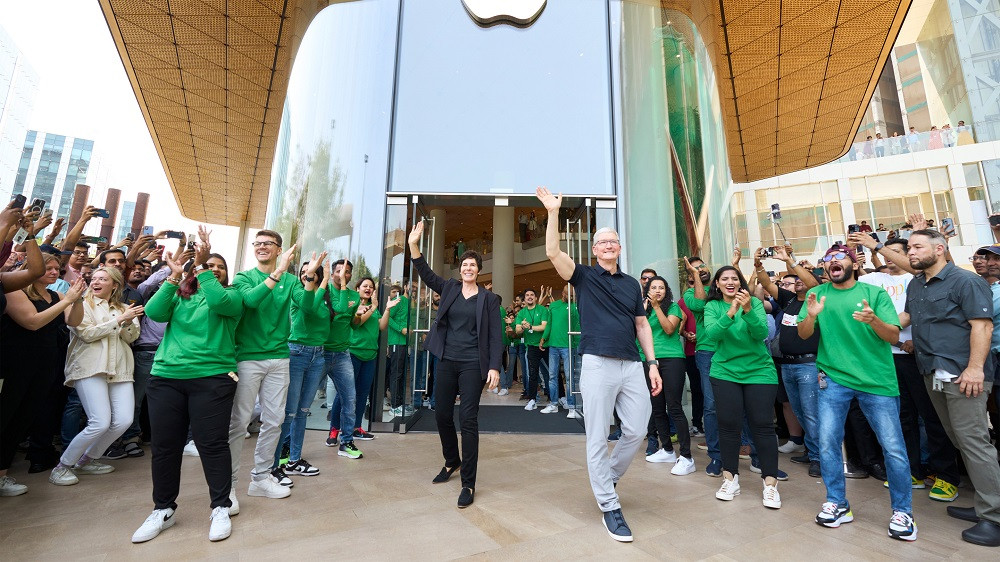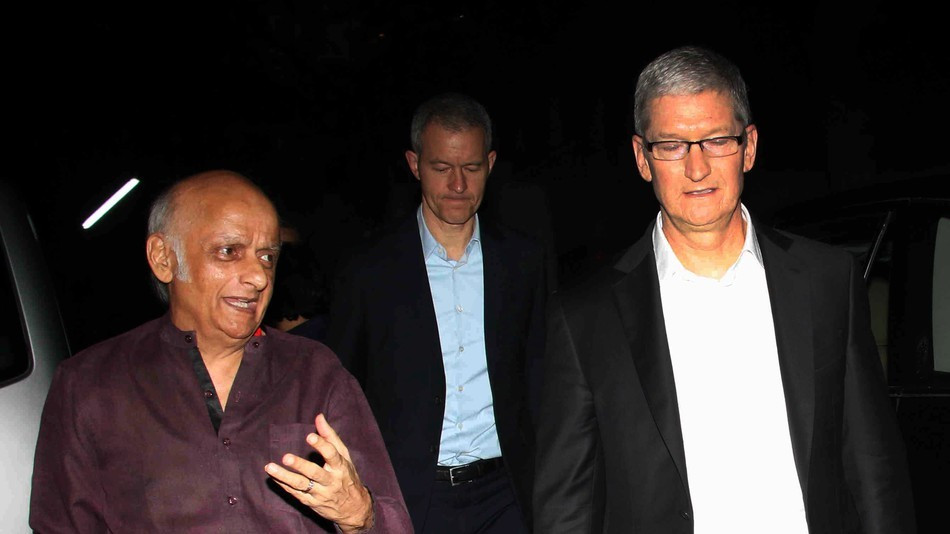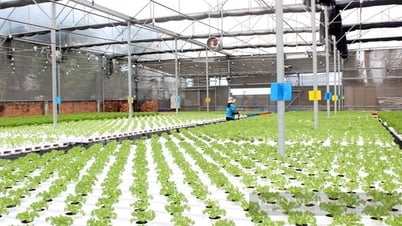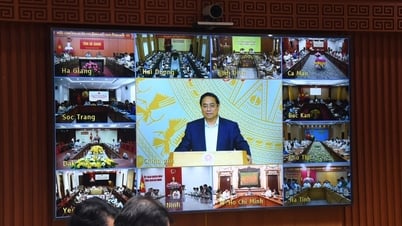India has the potential to become the “next China” for Apple, but it could take a decade for that to happen, according to Martin Yang, senior analyst at Oppenheimer & Co.
After opening its first retail store in Delhi on April 18, the second Apple Store will open in Mumbai just two days later.

Apple still has a strong presence in China because its suppliers are concentrated there, while the mainland’s infrastructure capabilities far exceed what India can offer, according to Nitin Soni, a senior director at Fitch Ratings. He predicts that it will take years for Apple to diversify and reduce its dependence on China. Beijing is important not only for its assembly lines but also for its semiconductor and testing ecosystem.
Apple’s push to move away from China has become more urgent than ever over the past five years, fueled by escalating US-China trade tensions and supply chain disruptions caused by Covid-19. But completely eliminating dependence on the country is almost impossible, according to Navkendar Singh, vice president at IDC India, citing factors such as scale of production, logistics and inertia of some suppliers in the ecosystem there.
Apple's ambitions for India
India is the world's second-largest smartphone market in terms of annual shipments and sales, accounting for nearly 12% of the global market share, according to research firm IDC. IDC data shows that Apple will ship 6.7 million iPhones in 2022 from India, up sharply from 4.8 million a year earlier.
Apple now produces 5% to 7% of its iPhones here, up from just 1% in 2021. That number is not stopping as the company has further plans to increase its presence in the country. According to analyst Dan Ives, India will be among Apple's top 5 markets and a major growth driver in the coming years.
While the Indian government has said Apple aims to produce 25% of its iPhones locally, Ives said that is an ambitious target. 10-15% seems more realistic in the long term.
India continues to play second fiddle to Vietnam when it comes to manufacturing more sophisticated products like MacBooks, but products like the Apple Watch and AirPods will soon be assembled here, Singh said, noting that the market is concentrated in Delhi and Mumbai, as well as major cities.
Growing middle class
IDC data shows that Apple has only 5% market share in India as low-cost and mid-range devices continue to be the top choice for consumers. However, increased technology penetration and higher spending power will help iPhone sales.
According to Mr. Soni, the Indian middle class is getting richer and customers tend to buy more high-end smartphones. Besides, it is easy to use 4G across the country.
Cheaper labor costs do not necessarily mean lower iPhone prices. Customers are willing to pay more for Apple devices. According to Singh, Apple will not reach the mass price point. It is still a premium brand and wants to maintain its “aura”. For that reason, the company can offer promotions or tie up with banks to make the product more accessible to users.
(According to CNBC)

Although India is one of the three largest smartphone markets in the world, the iPhone has never been popular there.
Source

































































































Comment (0)